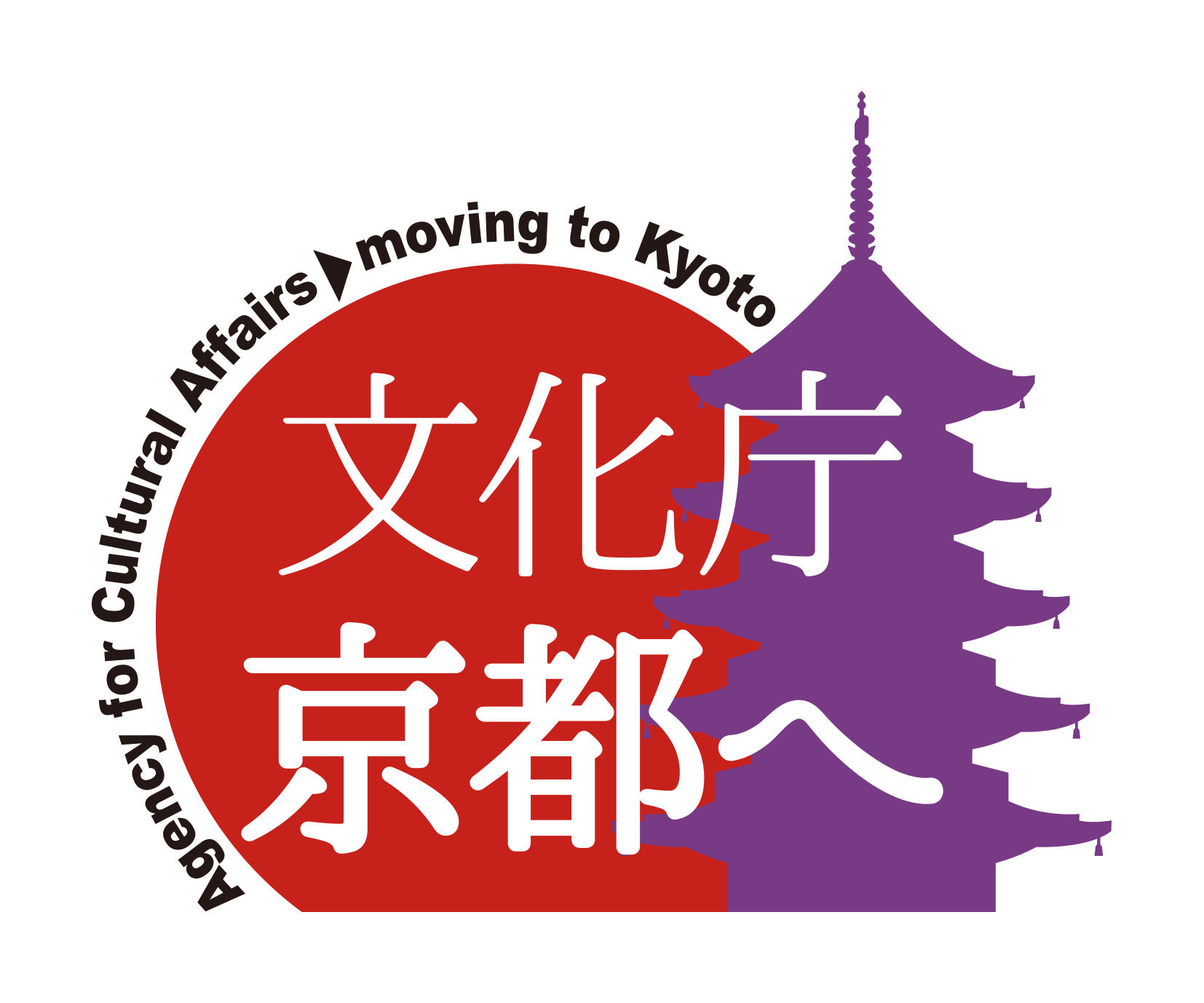President’s Greeting

Kyoto is a “university city and student city” with a large number of universities and junior colleges. Taking advantage of these characteristics, the Kyoto University Center, the first university collaboration organization in Japan, was established in 1994 through collaboration between Kyoto City, universities, and industry. Since then, in addition to core initiatives such as credit transfer projects and internship programs, we have been implementing initiatives that are ahead of the rest of Japan, such as the Kyoto World Heritage PBL course and regional cooperation projects. In 2010, it became a public interest incorporated foundation, and 30 years after its establishment, it has developed into one of the largest consortium organizations in Japan, with the participation of 46 universities and junior colleges, as well as local governments and economic organizations.
In recent years, the social environment surrounding us has been changing at an unprecedented speed, including dramatic advances in digital technology, progress in the Society 5.0 era, further progress in globalization, and a decrease in the number of 18-year-olds. Against this backdrop, universities and junior colleges have high expectations for the promotion of “recurrent education” for the working generation, the expansion of the acceptance of international students, and the creation of “lifelong learning opportunities” in the age of the 100-year lifespan as a base for promoting collaboration with the local community. In order for each university and junior college to develop diverse and flexible initiatives that make use of their respective “individuality” and “characteristics,” and to improve the attractiveness of the Kyoto region, the role of the University Consortium Kyoto as an inter-university collaboration organization has become more important than before the pandemic.
Going forward, the University Consortium Kyoto will continue to promote projects that contribute to the development of “Kyoto University City and Student City Kyoto” with the aim of accurately grasping the needs of member schools, member organizations, students, and citizens and realizing a “core platform for inter-university collaboration and regional development.”
University Consortium Kyoto
President: Katsuhiro Ohara
The Foundation’s Goals
- We will promote inter-university collaboration and mutual cooperation in the Kyoto region, improve the level of education and academic research at member universities and junior colleges, and return the results to local communities and industry.
- We will promote cooperation with local communities, governments, and industry, strive for the development and revitalization of the region, and develop human resources who will lead the development of higher education and society, especially in the Kyoto region.
Prospectus
Kyoto is home to a large number of universities, and has historically developed as a university city, fostering ties between universities, local communities, industry, and universities through academic research, cultural and artistic activities, and so on.
Today, as society undergoes major changes due to the progress of academia, changes in the industrial structure due to technological innovation, and the progress of globalization and information technology, the significance of the existence of universities is being questioned once again. In order to further respond to society’s expectations of university education and the diversification of student needs, it is necessary to further deepen cooperation with universities, local communities, and industry, as well as between universities.
Against this backdrop, the University Consortium Kyoto will conduct research to improve university education in cooperation with universities, local communities, and industry, and will conduct research and research, disseminate and exchange information, and plan and coordinate projects related to adult education, through which the university, the local community, and industry will strengthen cooperation between the university, the local community, and industry, deepen the ties between universities, further improve education and research, and return the results to local communities and industry.
Through these activities, the Foundation will contribute to the development of academic research and higher education in Japan.
Approval of establishment of foundation / March 19, 1998 Competent authority / Ministry of Education, Culture, Sports, Science and Technology Basic assets / 100 million yen
Transition to Public Interest Incorporated Foundation / July 1, 2010 Competent Authority / Cabinet Office
Reference: History
















